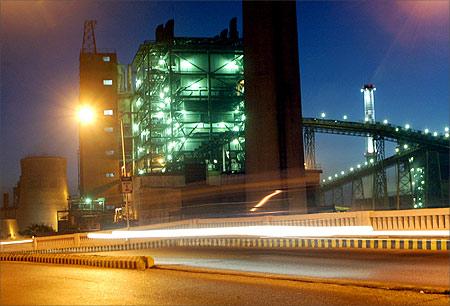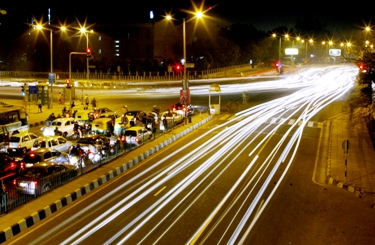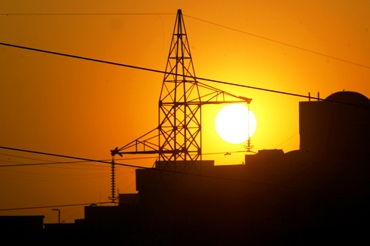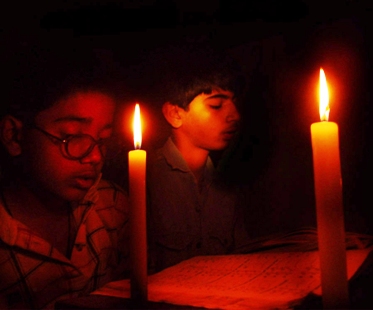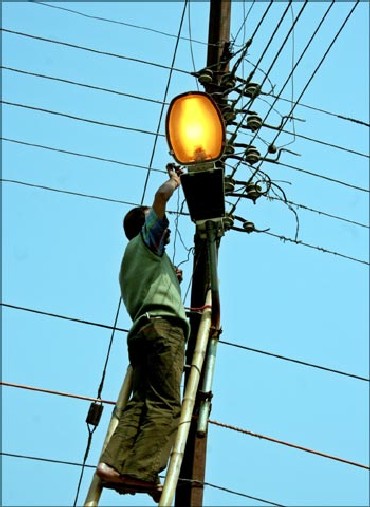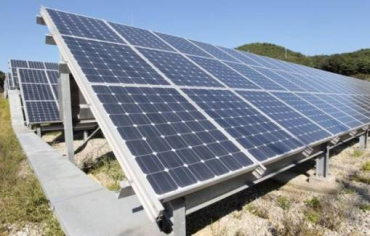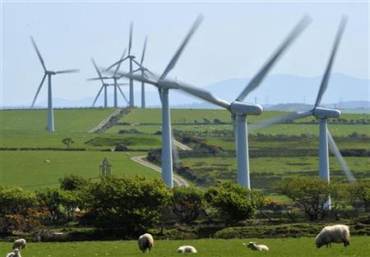 | « Back to article | Print this article |
India's economy is running out of POWER!
India's economy is running out of power. Separate the markets for base- and peak-load power consumption, says Shyam Saran.
Over recent weeks, reports of frequent and increasingly longer power cuts from across the country have added another layer of serious concern to India's faltering growth story.
What is unusual about these power outages is that they have been occurring during the months of October and November, when demand is traditionally low.
The immediate causes of the power crunch are well-known. There is a growing and acute shortage of coal, which is the mainstay of power generation in the country, accounting for over 50 per cent of overall capacity.
Over the past four years, demand for coal, mainly for thermal power generation, has grown by 7.3 per cent, while domestic output rose by only 5.4 per cent. In the next five years, the shortfall in the availability of coal is estimated at 200 million tonnes.
Click NEXT to read on . . .
India's economy is running out of POWER!
Imports will have to meet this shortfall, but these are already more expensive and are likely to become more so in the coming years.
What is most worrying is the significant drop in investment in the power sector in view of uncertainties on fuel availability and uneconomic pricing of power.
The target for additional power generation capacity in the current plan of 62,000 MW (already reduced from the original 78,000 MW) is likely to have a shortfall of as much as 12,000 MW, according to the Planning Commission.
Taking account of the problems India is facing in obtaining public acceptance for large-capacity hydroelectric power projects and nuclear power projects, and the uncertain availability of natural gas for generating power, the target for the next Five-Year Plan -- an additional capacity of 100,000 MW -- may prove chimerical as well.
Click NEXT to read on . . .
India's economy is running out of POWER!
There is an urgent need to not only find short-term solutions to our current power problems, but also formulate a careful power strategy for the future, based on the domestic and external ground realities India is likely to confront.
In planning for the development of power generation capacity for the medium term (2030) and long term (2050), it is important to take into account likely trends in base-load demand and peak-load demand.
Demand for electricity during the day and during different seasons may register significant variations. In India, there is usually a spike in power demand during the morning hours and then again during early evening.
Demand for power may rise during summer, due to air-conditioner use, and in winters, due to the use of heaters. There is a greater spread between base and peak loads in urban areas, while in rural areas, there may be little daily or seasonal variation.
Click NEXT to read on . . .
India's economy is running out of POWER!
The peak power shortage is now 13 per cent, as against less than nine per cent a couple of years ago -- and is likely to increase in the coming years unless remedial steps are taken urgently.
Power generation capacity can be adapted to the pattern of demand for electricity.
Coal-based thermal power plants and nuclear power plants are the best means to meet base-load demand, because once they have been fired up to optimum capacity, it is most economical to run them at a constant level than to ramp up or ramp down capacity.
Hydroelectric power plants with storage and gas-based power plants are capable of generating more or less electricity as required, without significant cost variation.
Click NEXT to read on . . .
India's economy is running out of POWER!
Hence, they are better suited to meet peaking power demand. Ideally, therefore, power capacity addition should have a mix of both base- and peak-load capacity to cater to different demand conditions.
In India, most of the planned capacity addition in the power sector is of the base-load variety, while our main and growing challenge is how to meet peak-load demand.
In highly industrialised regions, 30 to 40 per cent of peak-load demand cannot be met through the grid and is usually catered to by either captive power or diesel generating sets.
Such off-grid power generation is estimated to be 30,000 to 35,000 MW out of a total capacity of 180,000 MW currently.
Click NEXT to read on . . .
India's economy is running out of POWER!
A number of reforms are urgently required.
1. A variable tariff policy needs to be put in place for urban and industrial areas to price peak-load power at higher rates than base-load power.
Implementing time-of-the-day tariffs would incentivise consumers to spread out their consumption through the day rather than concentrating it at specific times. This will lead to better demand-supply alignment.
2. The variable tariff policy cannot be implemented effectively unless a serious effort is made to improve the financial health of the state electricity boards (SEBs) and distribution utilities.
Click NEXT to read on . . .
India's economy is running out of POWER!
It is estimated that state electricity boards overall are running a deficit of Rs 7,500 crore (Rs 75 billion) per annum and their accumulated debt stands at a whopping Rs 70,000 crore (Rs 700 billion).
Politically-motivated low pricing has often resulted in a situation where an SEB finds it more advantageous to keep its distribution volume low rather than increase it, since it incurs losses on every unit it distributes and sells.
Unless pricing is deregulated, with only some basic consumption level being met at subsidised rate, we may well run into a power gridlock.
3. Currently, there is hardly any variation in the tariff charged for power from different sources, be it hydro with or without storage, or coal-based, or gas-based thermal power.
Click NEXT to read on . . .
India's economy is running out of POWER!
What is required for efficient demand management is to allocate gas-based and hydro (with storage) power to utilities to meet peak demand, for which they should be enabled to change variable tariffs linked to demand.
4. Coal-based thermal, nuclear and run-of-the-river hydro power can be used to meet base-load demand. Any preferential or subsidised allocation for agricultural use or for rural households should come from the cheaper base-load capacity.
Studies have shown that separating the markets for base-load and peak-load power brings down the cost of power overall.
The implementation of reform will require the state Electricity Regulatory Commissions and state utilities to modify their bidding processes.
Click NEXT to read on . . .
India's economy is running out of POWER!
As an incentive to states, preferential allocation of gas for power generation could be considered on condition that it is used to meet peaking power demand at market-determined rates.
This reform would enable power capacity addition in the medium and long term to be aligned to likely trends in the growth of base-load and peak-load demand in India.
This will also allow India to move into the age of IT-enabled "smart power", with intelligent grid management. Currently, overall capacity addition is being planned without disaggregating demand.
We may soon have a surplus of base-load capacity -- but with a worsening situation in peak-load shortfalls. This needs to be avoided, otherwise India's growth story will be hamstrung by a worsening power constraint.
The writer is a former foreign secretary. He is currently chairman of RIS and senior fellow at the Centre for Policy Research.
